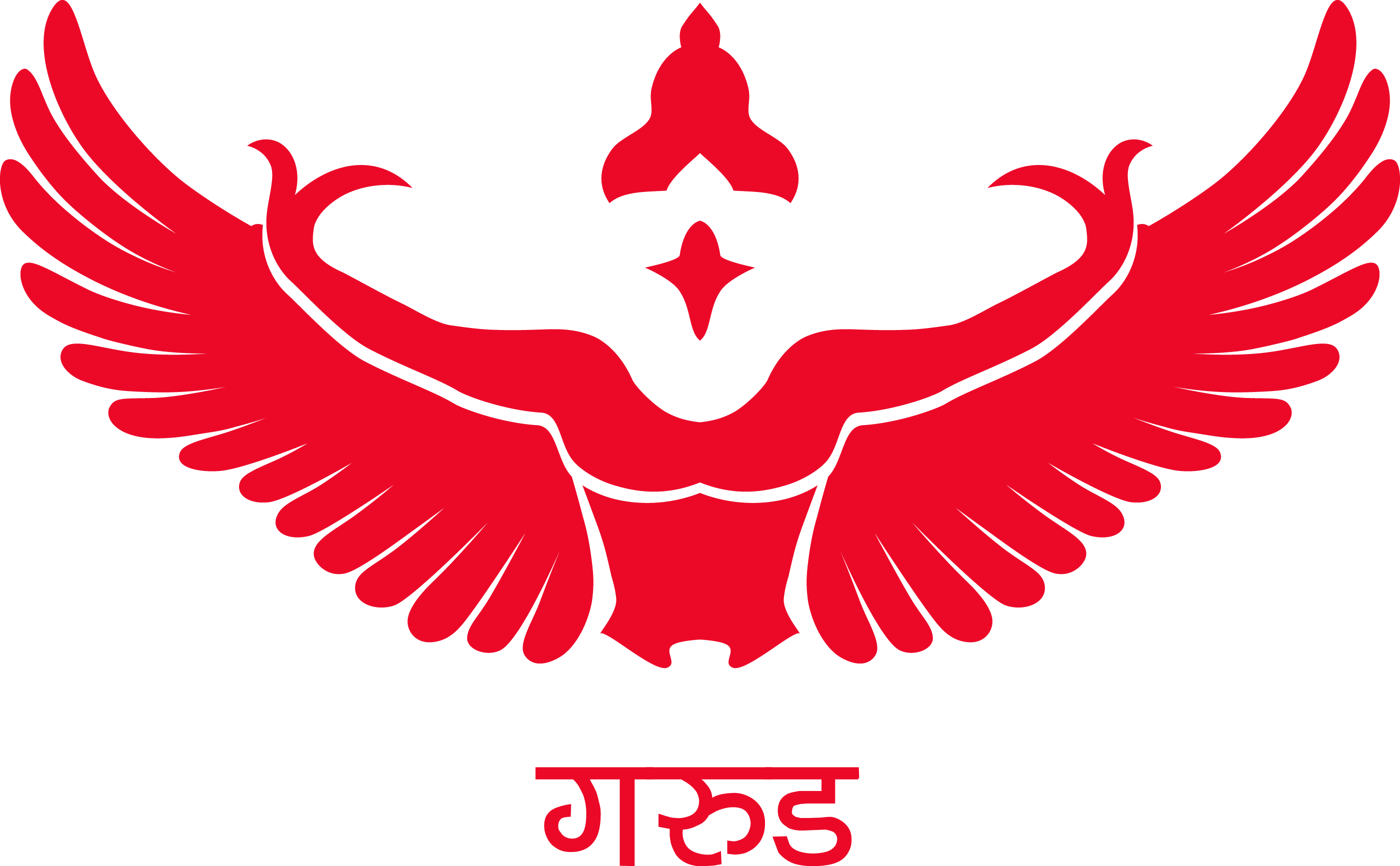
The Battle for Rama: Case of the Temple at Ayodhya
Short Description
For over two decades, a handful of Left historians have strenuously endeavored to stymie the Ramjanmabhumi movement. From questioning the antiquity of Rama worship and the identity of ancient Ayodhya,
More Information
| ISBN 13 | 978-8173055799 |
| Book Language | English |
| Binding | Hardcover |
| Edition | 1st, 2017 |
| Publishers | Aryan Books International |
| Category | Indian History |
| Weight | 500.00 g |
| Dimension | 14.00 x 2.00 x 22.00 |
Frequently Bought Together

This Item: The Battle for Rama: Case of the Temple at Ayodhya
$0.00
Sold by: Garuda International
ADD TO CART



This Item: The Battle for Rama: Case of the Temple at Ayodhya
Sold By: Garuda Internation...
$0.00
Saffron Swords (Book-2): 52 Episodes of Sanatani Valor against Invaders
Sold By: Garuda Internation...
$20.00
Eesawad aur Purvottar Bharat Ka Sanskritik Sanhar (ईसावाद और पूर्वोत्तर भारत का सांस्कृतिक संहार)
Sold By: Garuda Internation...
$0.00
Total Price : $0.00
Product Details
For over two decades, a handful of Left historians have strenuously endeavored to stymie the Ramjanmabhumi movement. From questioning the antiquity of Rama worship and the identity of ancient Ayodhya, they have also challenged the widely held belief that Babri Masjid was built on the site of the Janmabhumi temple. Scholars have, however, traced the antiquity of the Rama Katha as far back as the sixth-fifth century BCE, when ancient ballads (Akhyanas) transmitted Rama's story orally. Valmiki?s Ramayana itself has been dated to the fourth-third century BCE. Over the centuries, Rama's story has been re-told in many vernaculars of the country. Rama is the exemplar of moral values for Hindu society and epitomizes its aspirations of Artha, kama, and above all, dharma. The proceedings of the Allahabad High Court have exposed the vulnerabilities of Left historians. They could proffer no evidence of continued Muslim presence at Babri Masjid, while the unwavering commitment of Hindu devotees to the site has been attested by several sources. Babri Masjid was not mentioned in the revenue records of the Nawabi and British periods, nor was any Waqf ever created for its upkeep. No Muslim filed an FIR or complained of dispossession or obstruction in his alleged use of the Masjid when the image of Sri Rama was placed under the central dome on 23rd December 1949. The Sunni Central Waqf Board entered litigation on 18th December 1961, just five days before the twelfth anniversary of the placement of the image in the Masjid, on which date any claim would have become time-barred. The Board did not file a suit for a possession; instead, it sought a declaration on the status of the property. Further, excavations of the ASI revealed uninterrupted occupation of the site since the 13th-century BCE. They also exposed remnants of the temple on which Babri Masjid was erected. The assertions of Left historians on Babri Masjid have all been found to be erroneous, yet there has been no public retraction. Indeed, they continue to peddle their discredited theories despite the mounting evidence against them.





















